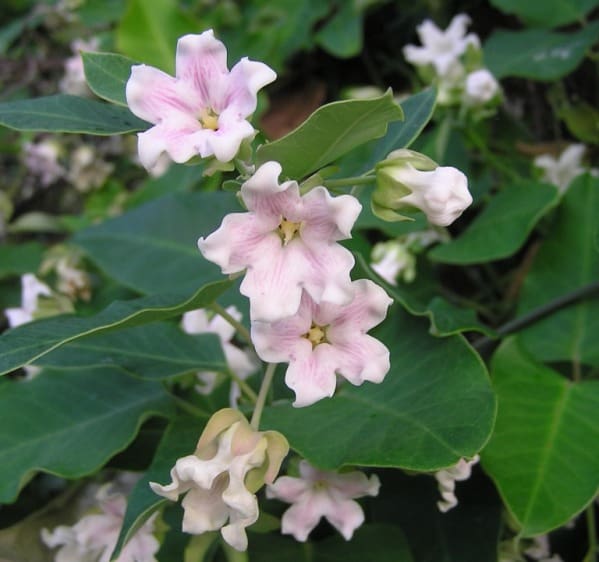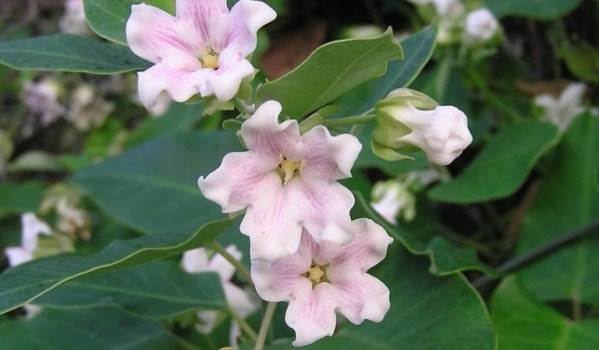Waikato Regional Council and Environmental Protection Agency news
The Environmental Protection Authority has approved the introduction of a root-feeding beetle to control the noxious weed moth plant.
The application to introduce the moth plant beetle into New Zealand was made by the Waikato Regional Council, acting on behalf of a consortium of regional councils and the Department of Conservation known as the National Biocontrol Collective.
New Zealand is the first country to make a collaborative effort to discover an effective biological control agent for moth plant (Araujia hortorum). The NZ National Biocontrol Collective pools resources to fund its programmes and collaborates with researchers in Uruguay, who assisted with the collection of Freudeita cf cupripennis and obtaining export permits so the beetles could be shipped from there. High mortality rates of moth plant were noted at field sites in Uruguay this year.
EPA General Manager of Hazardous Substances and New Organisms, Dr Fiona Thomson-Carter, says vines of the weed smother native plants and can injure animals. “The latex sap from broken stems can burn and irritate skin and is toxic to dogs, poultry and cattle.
“The release of Freudeita cf cupripennis is intended to control and eradicate a pest plant species that prompts more enquiries to Auckland Regional Council than any other.

“Research reveals that moth plant is widespread. It has been found at the summit of Rangitoto Island, 260 metres above sea level, has spread to isolated coastal areas such as Ruapuke Beach, southwest of Raglan, and is also present in the South Island at Banks Peninsula,” says Dr Thomson-Carter. Three thousand DOC staff hours have been spent to control this invasive weed between 2014 and 2019.
Root-feeding biological control agents have a successful track record. The beetle is likely to attack only plants within the sub-tribe Oxypetalinae. Swan plant (Gomphocarpus) and milkweed (Asclepias) were not palatable to adult beetles and did not support larval development. Few native birds are expected to be capable of feeding on the insect.

